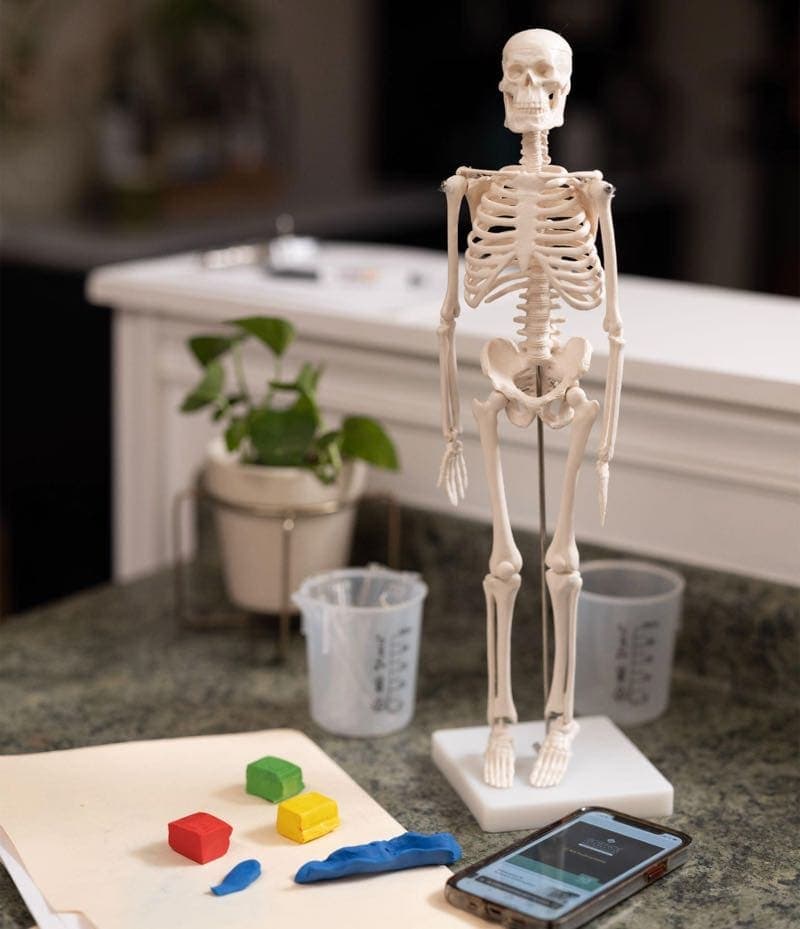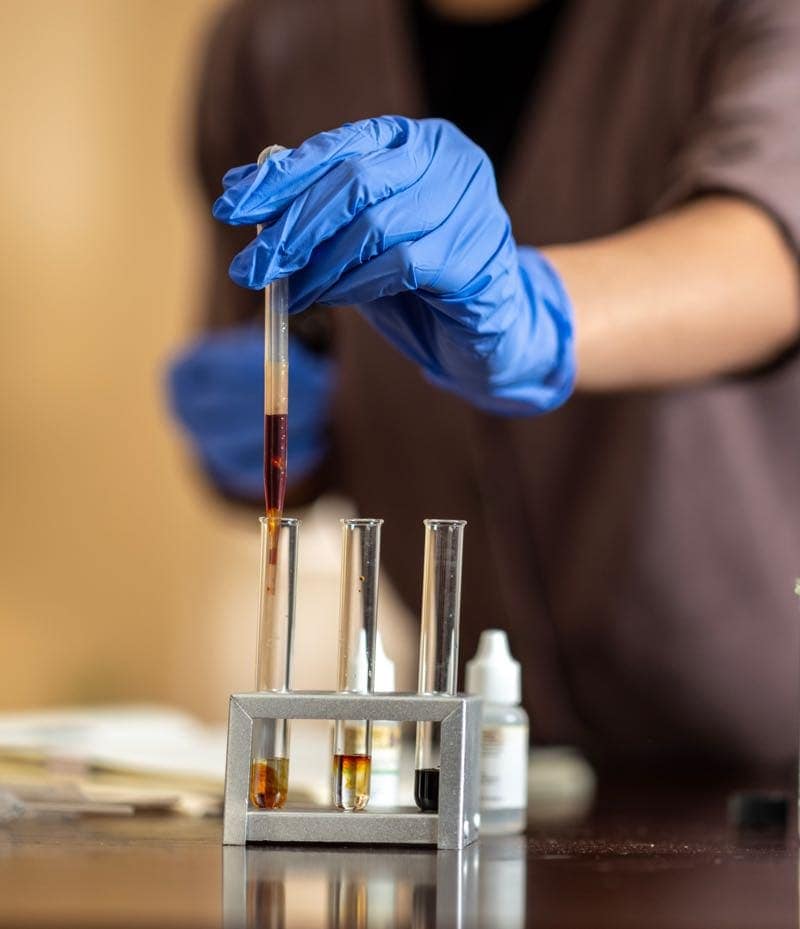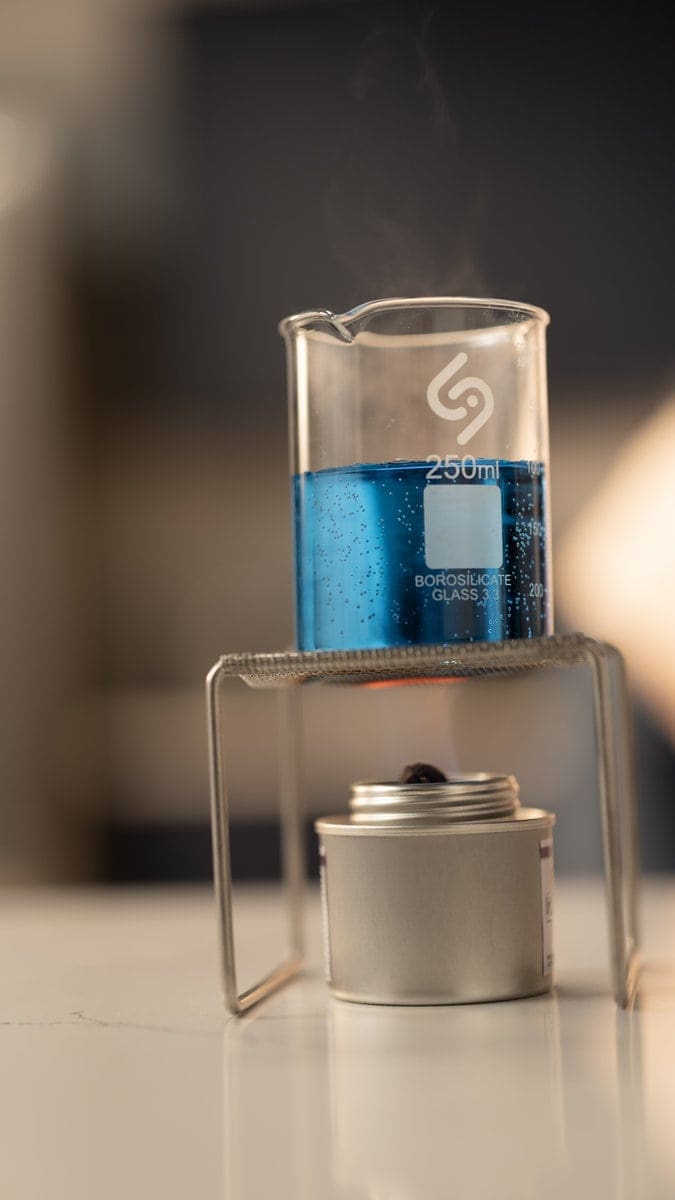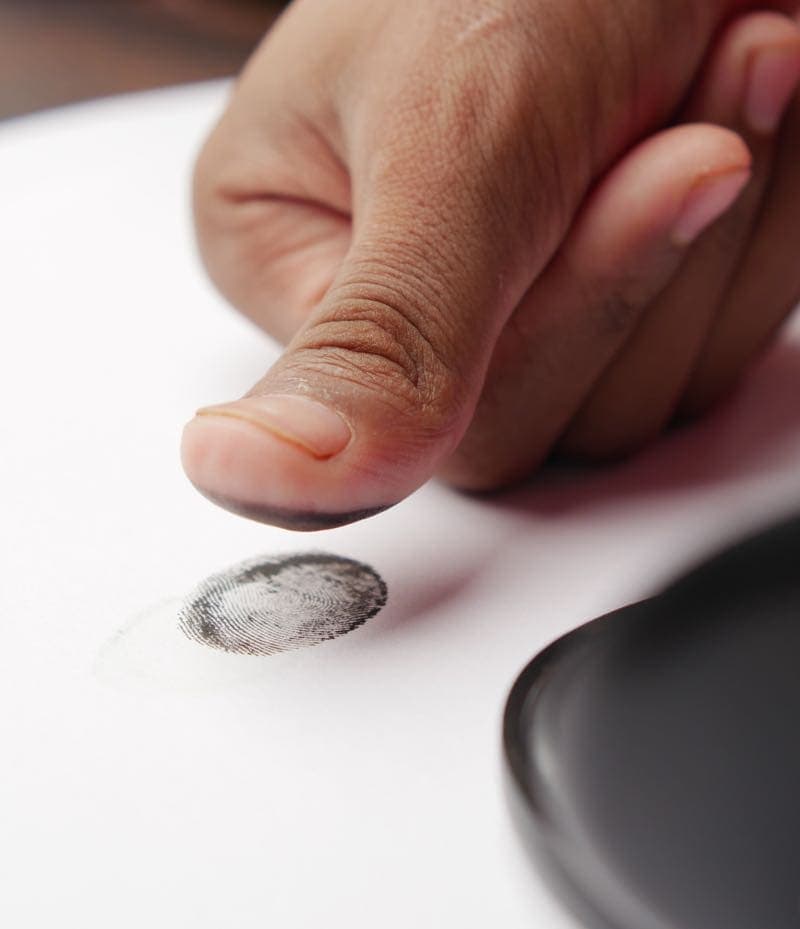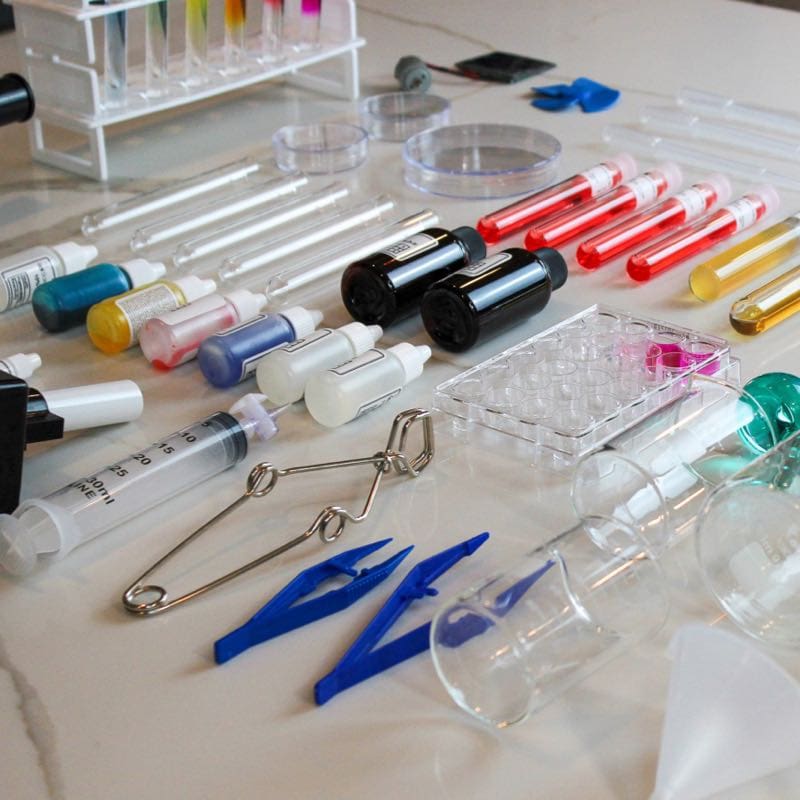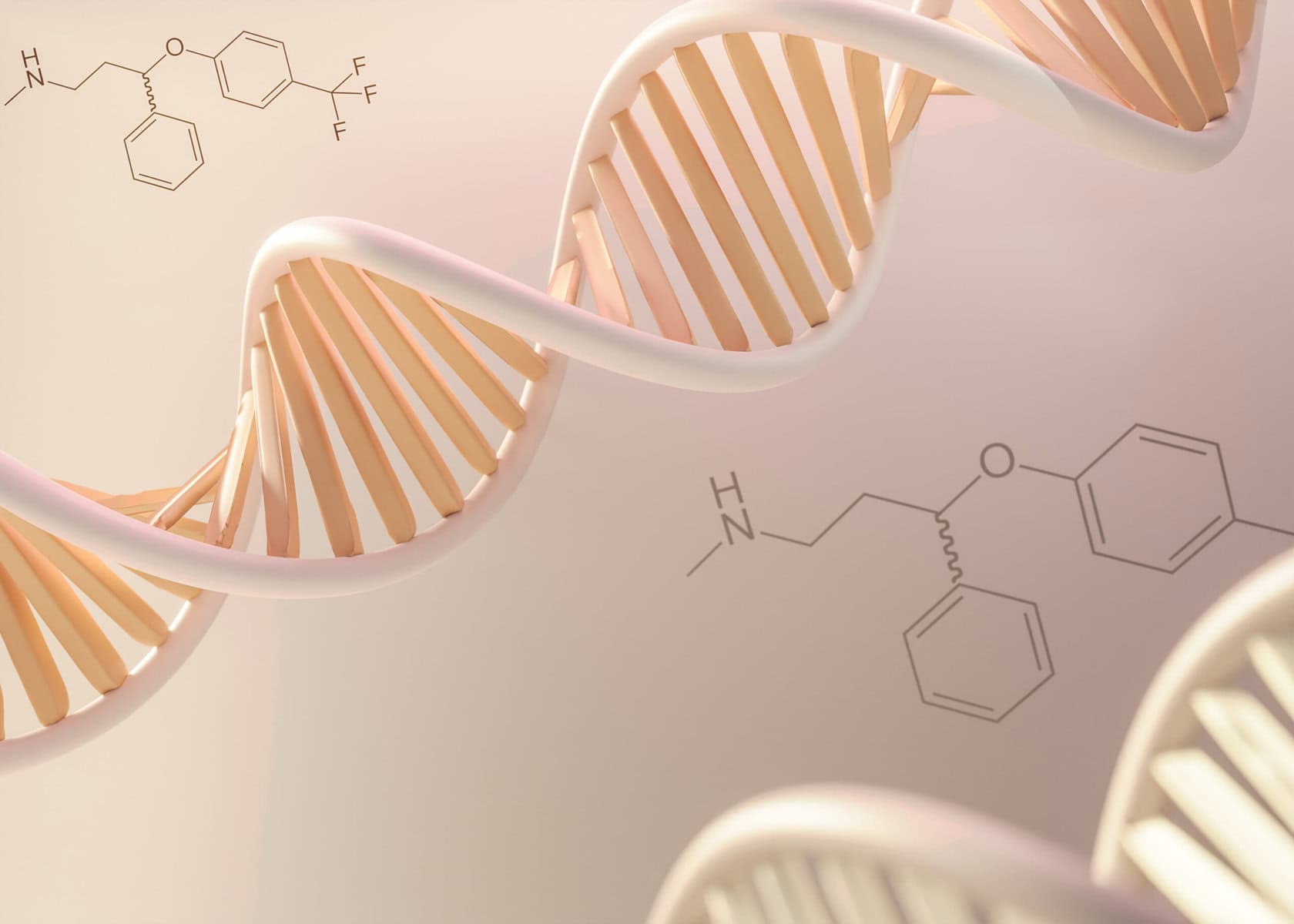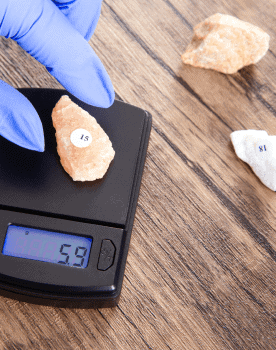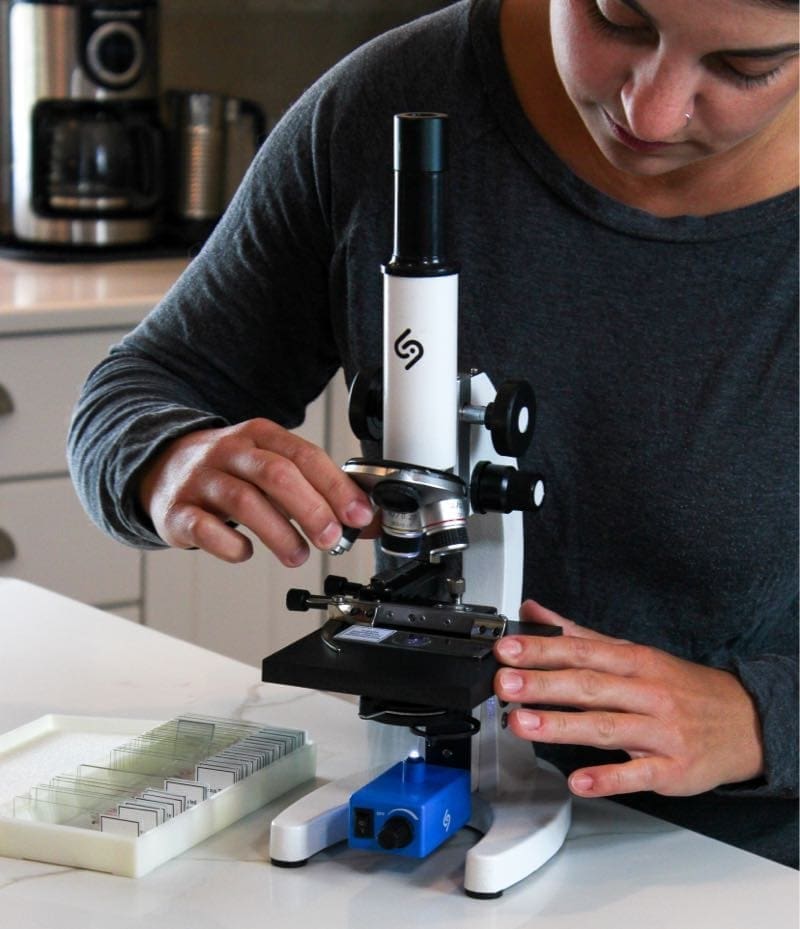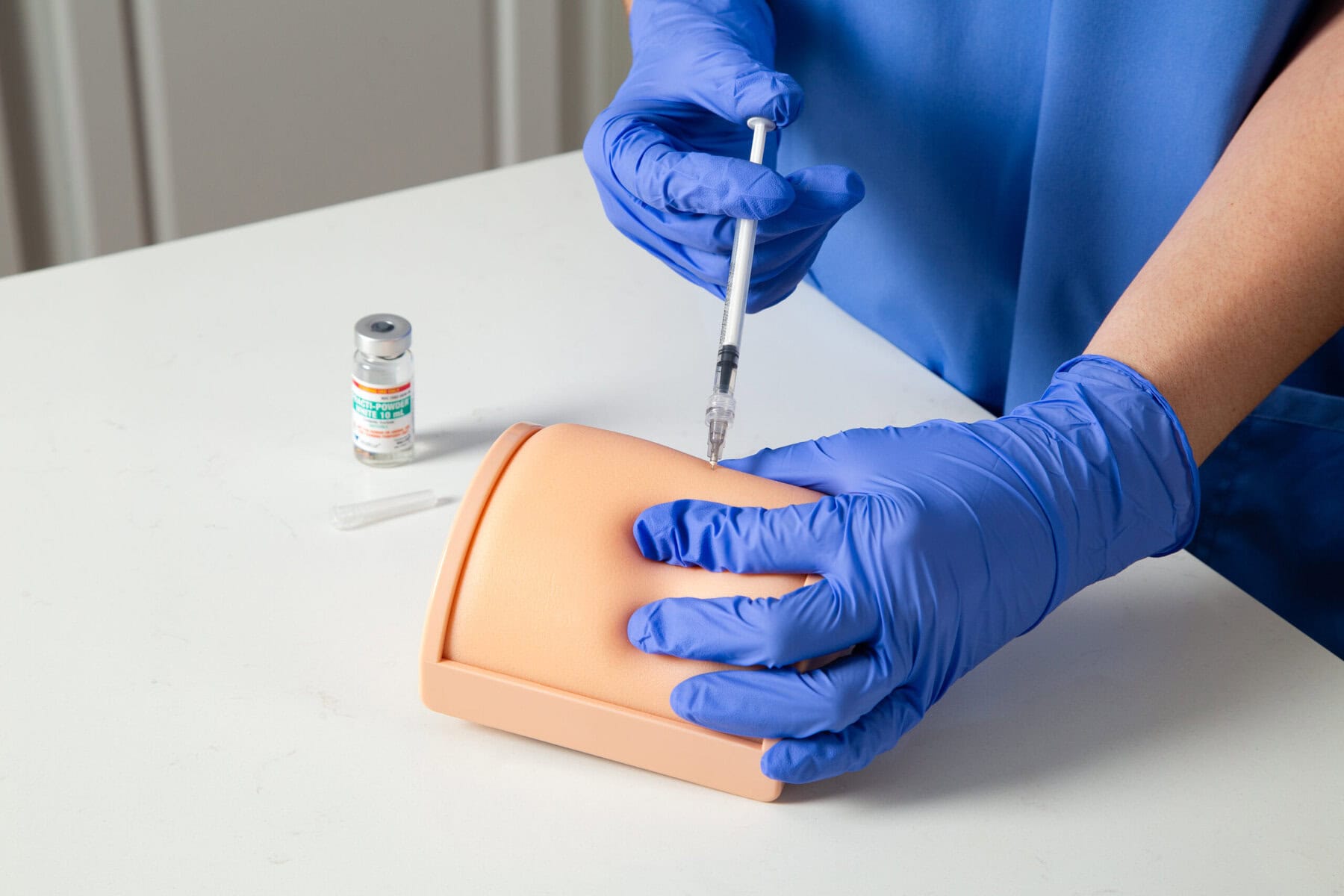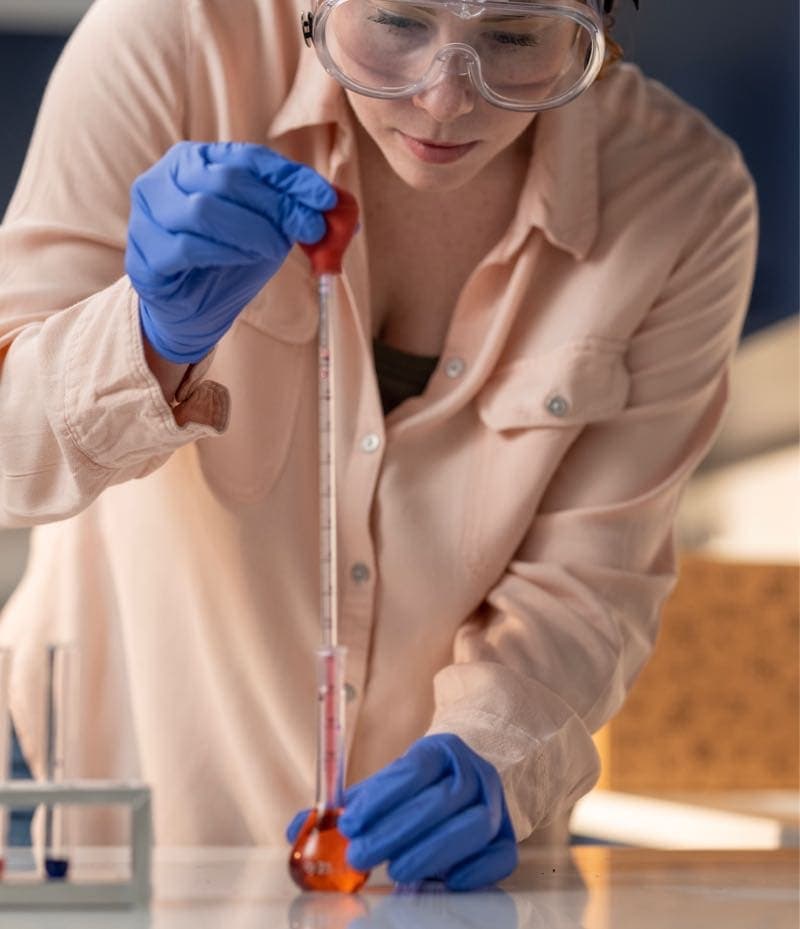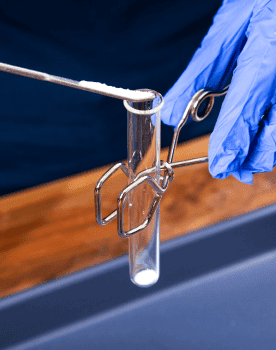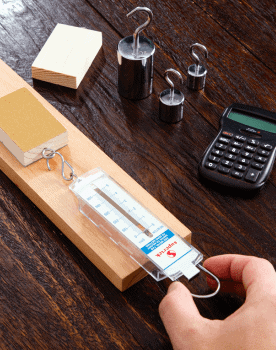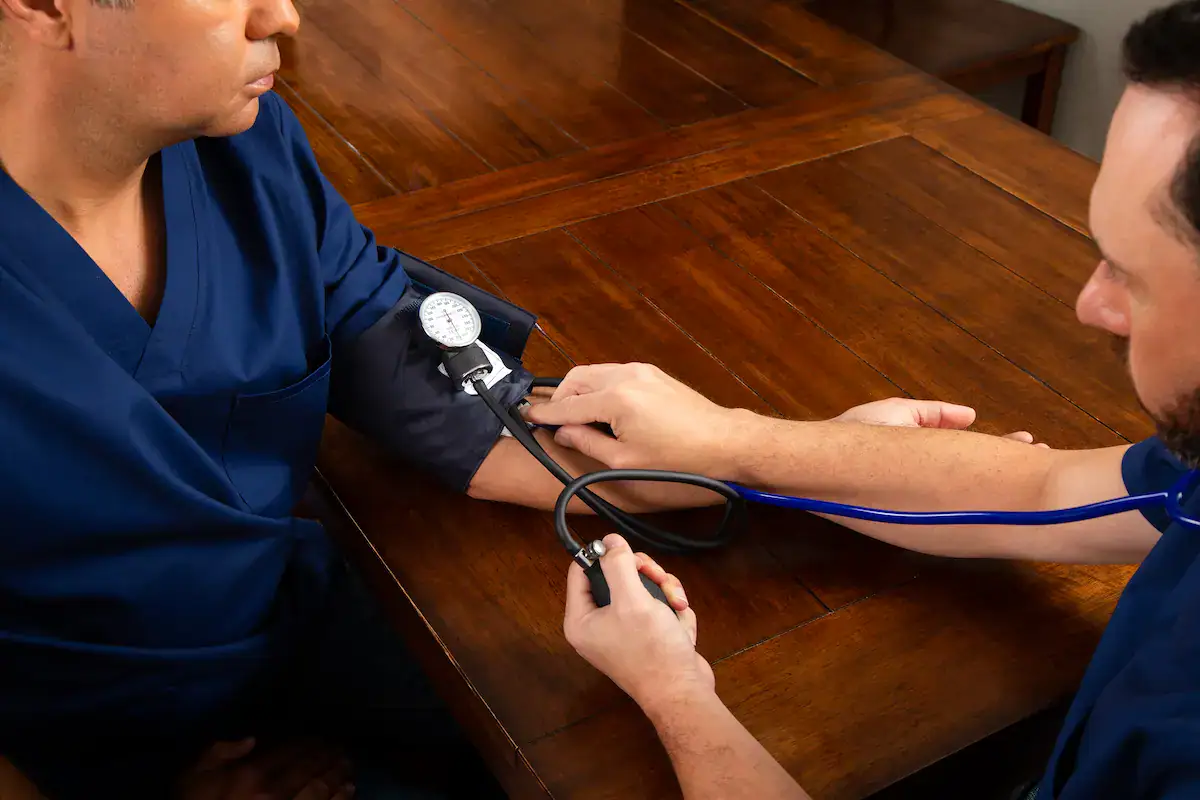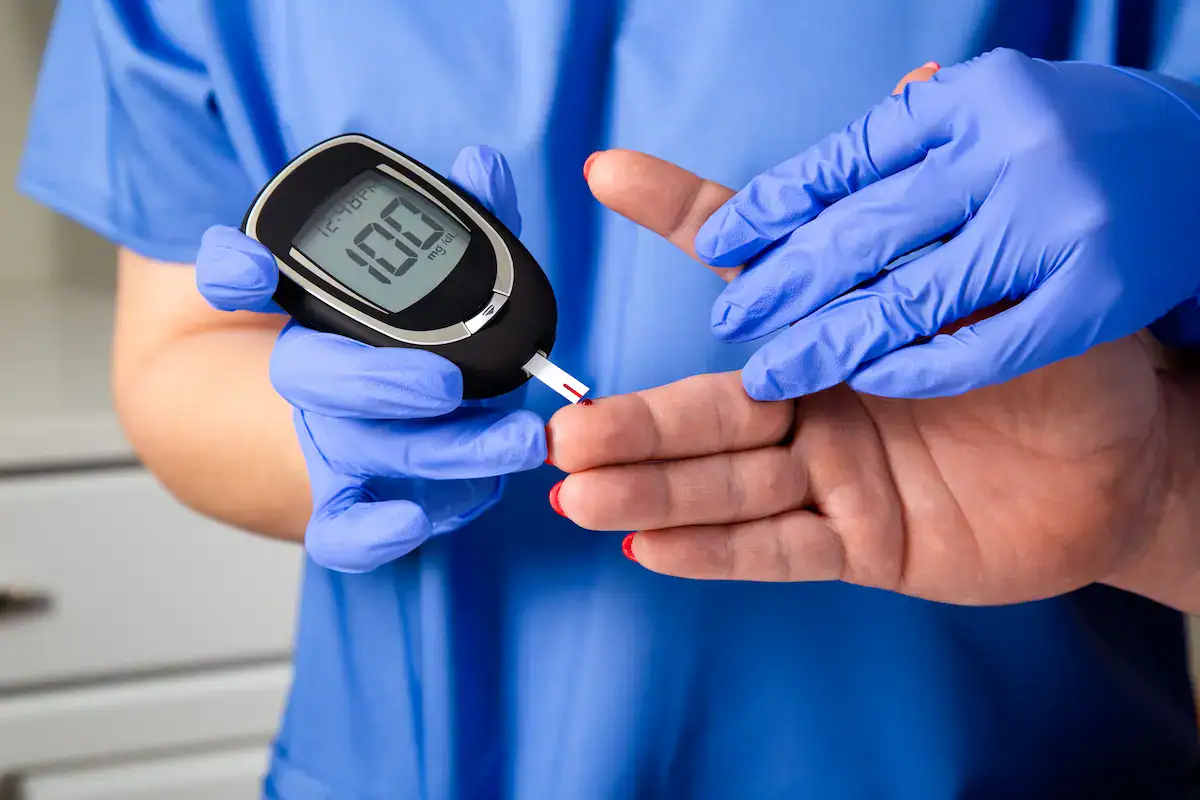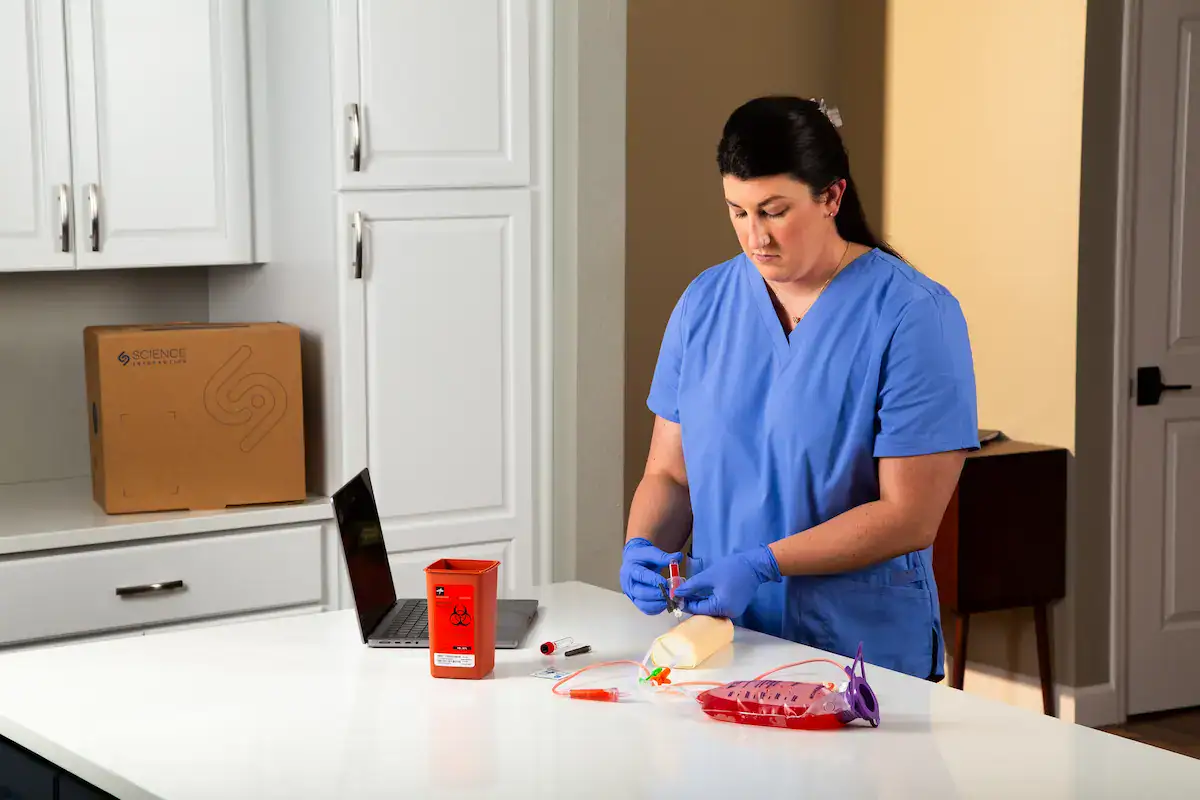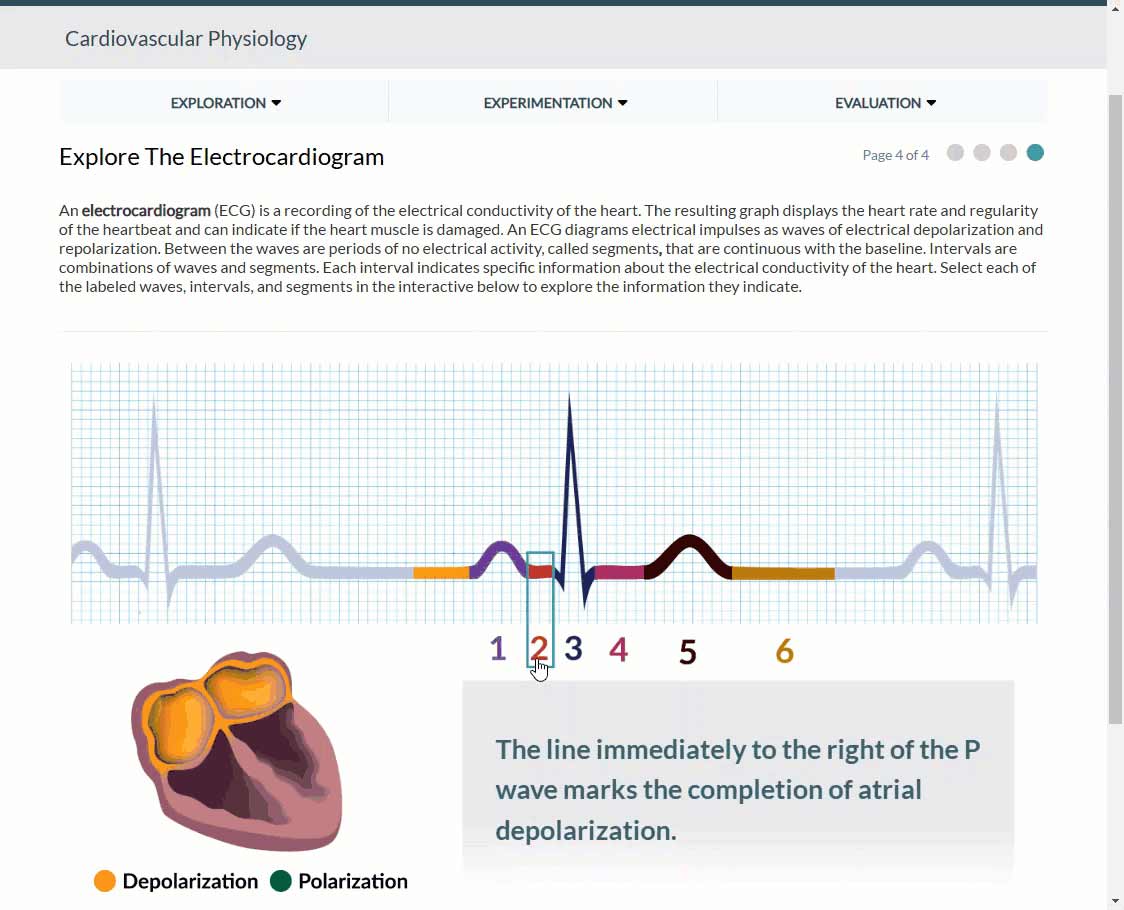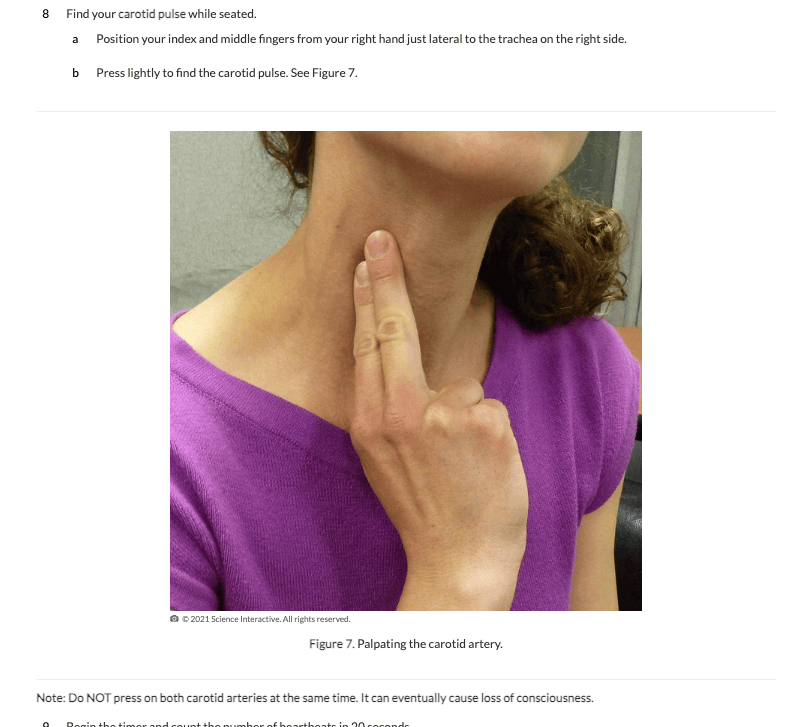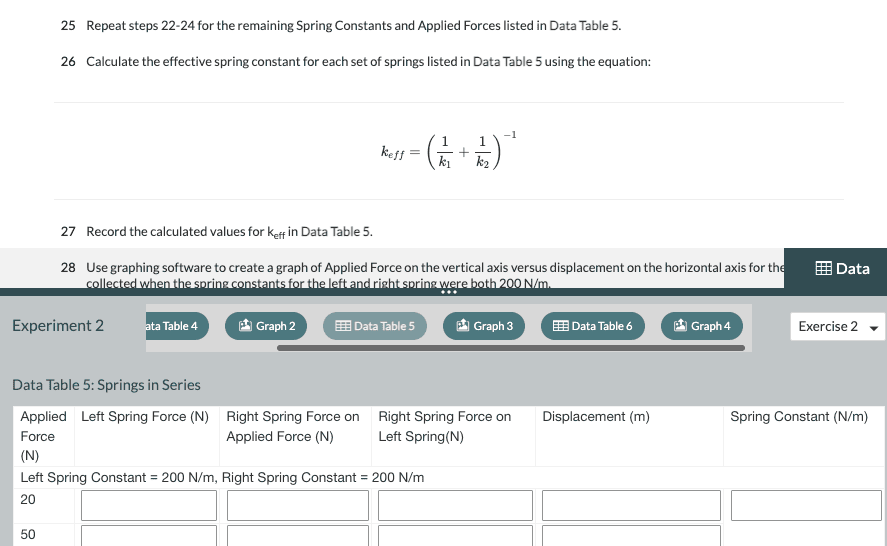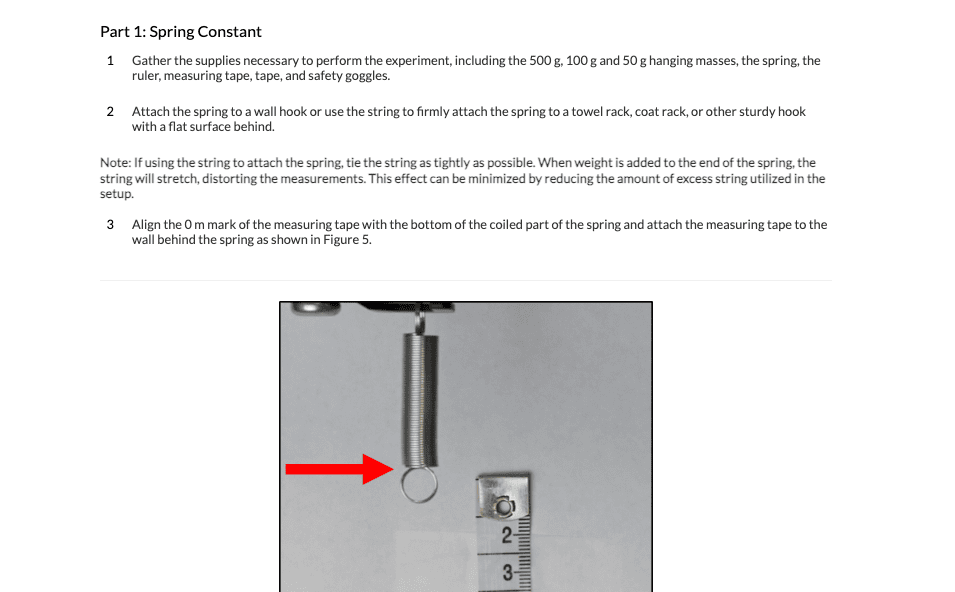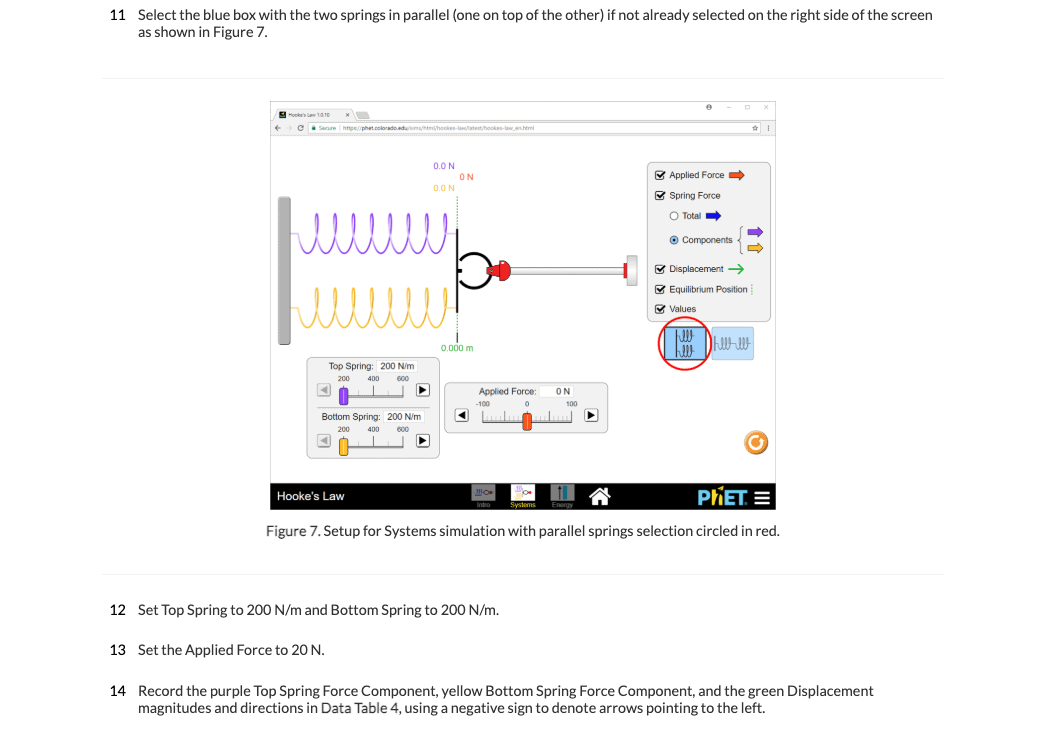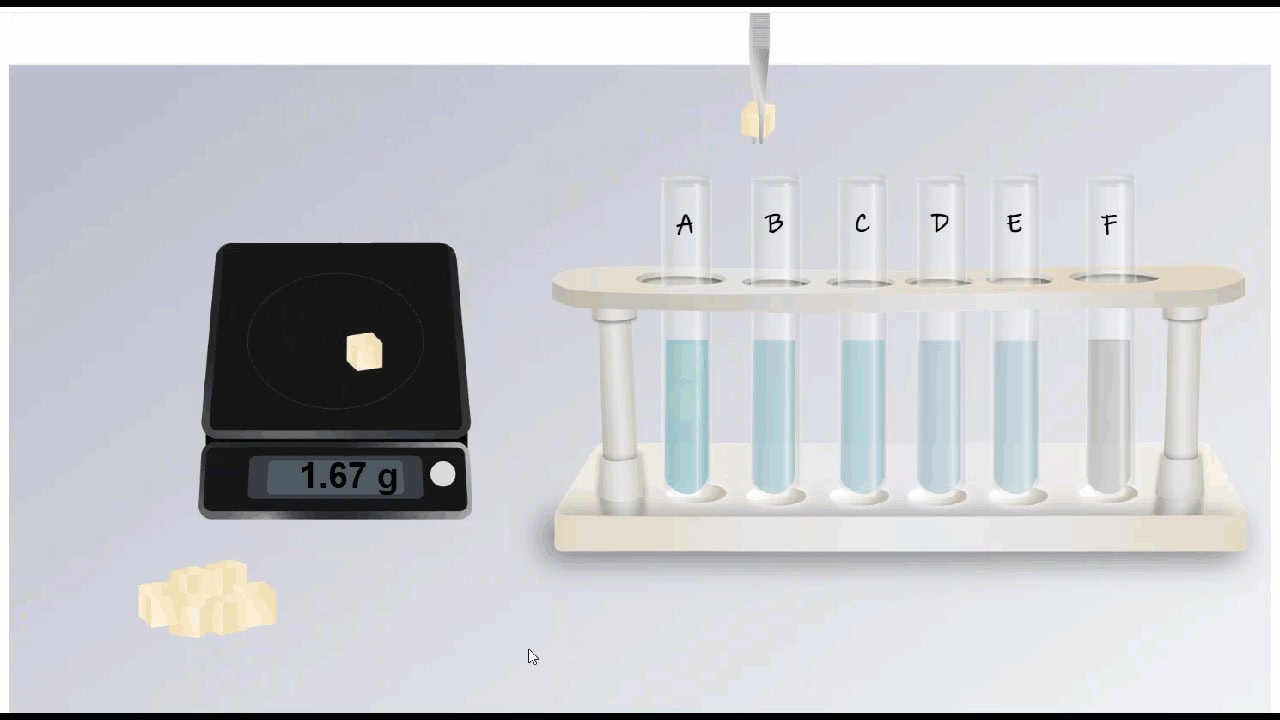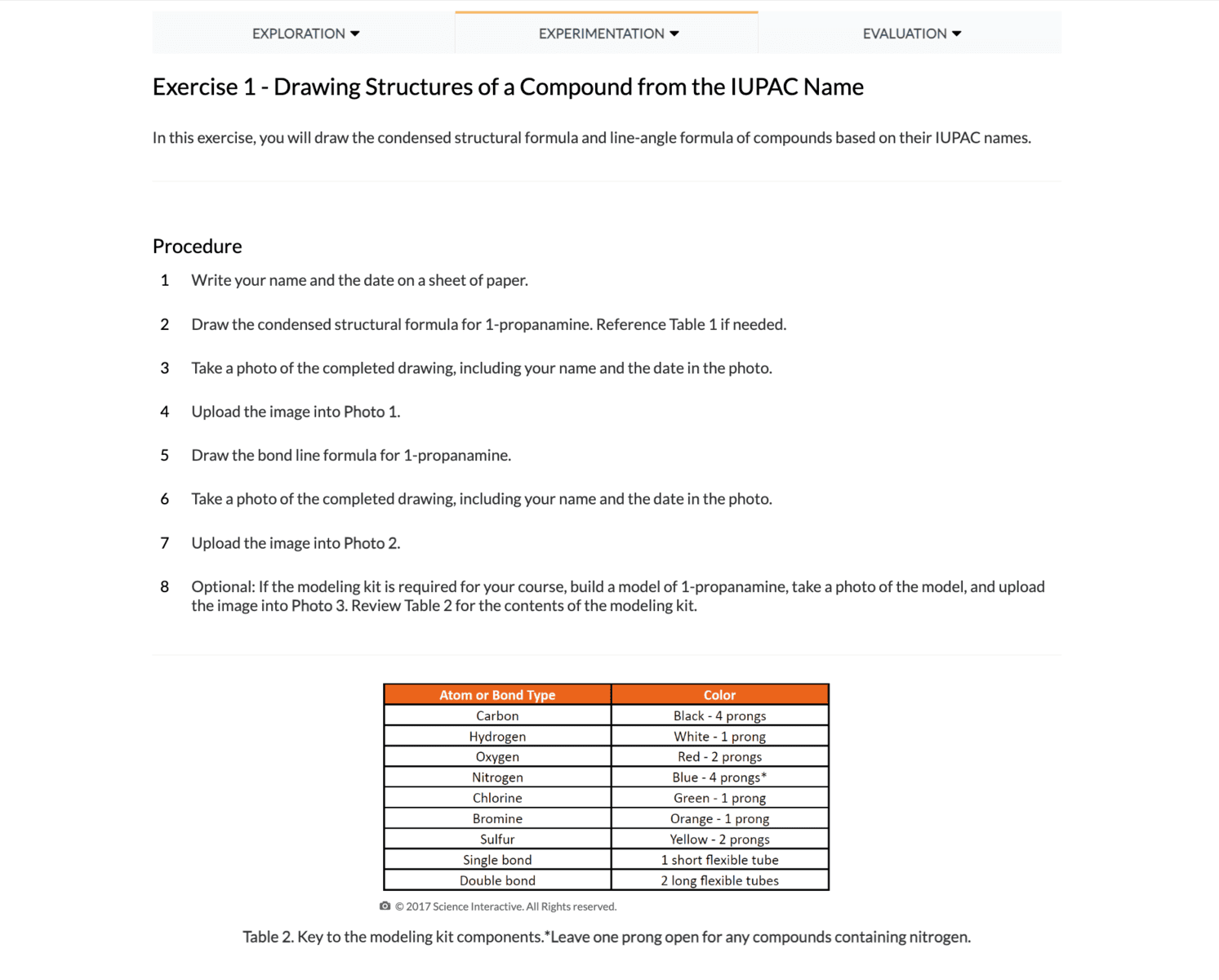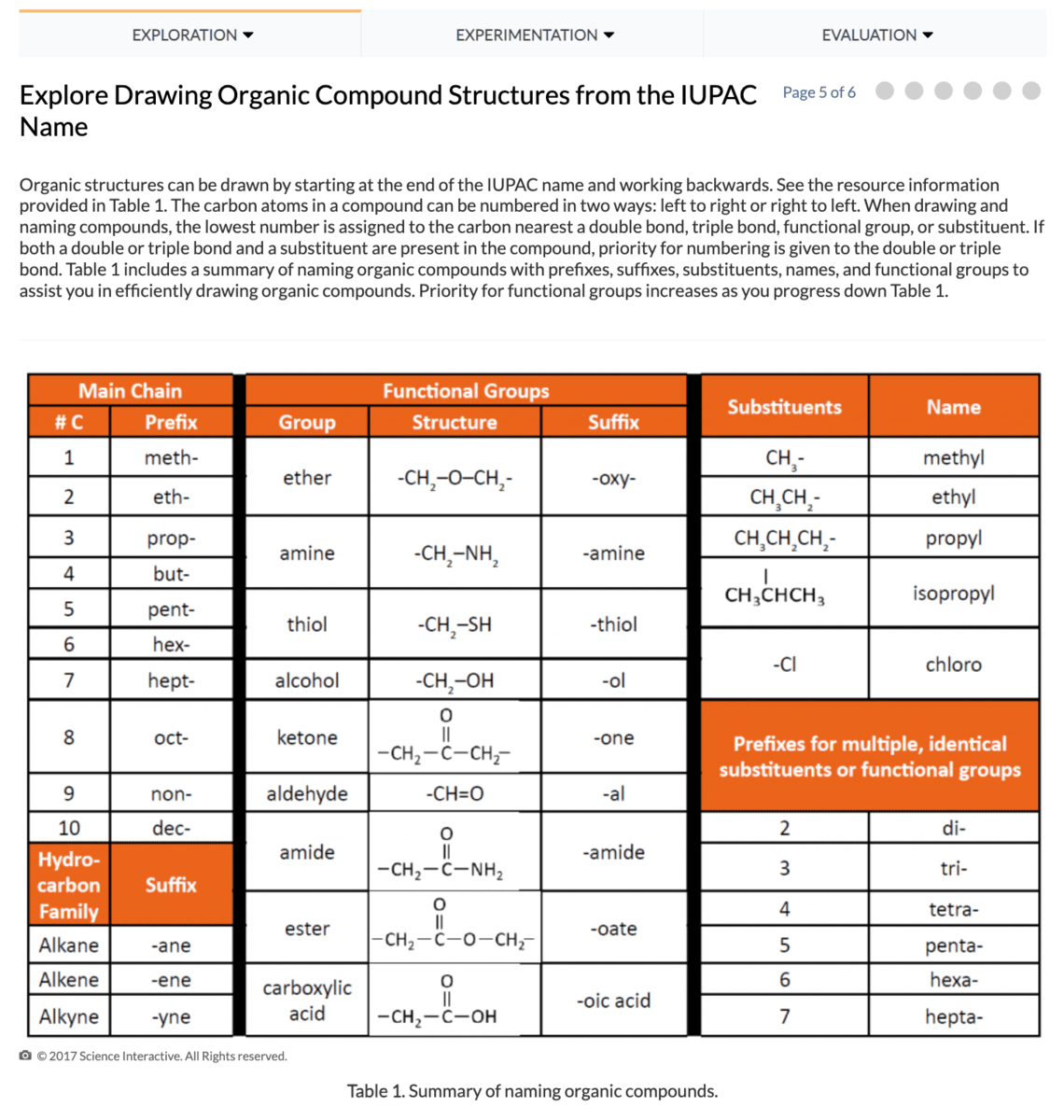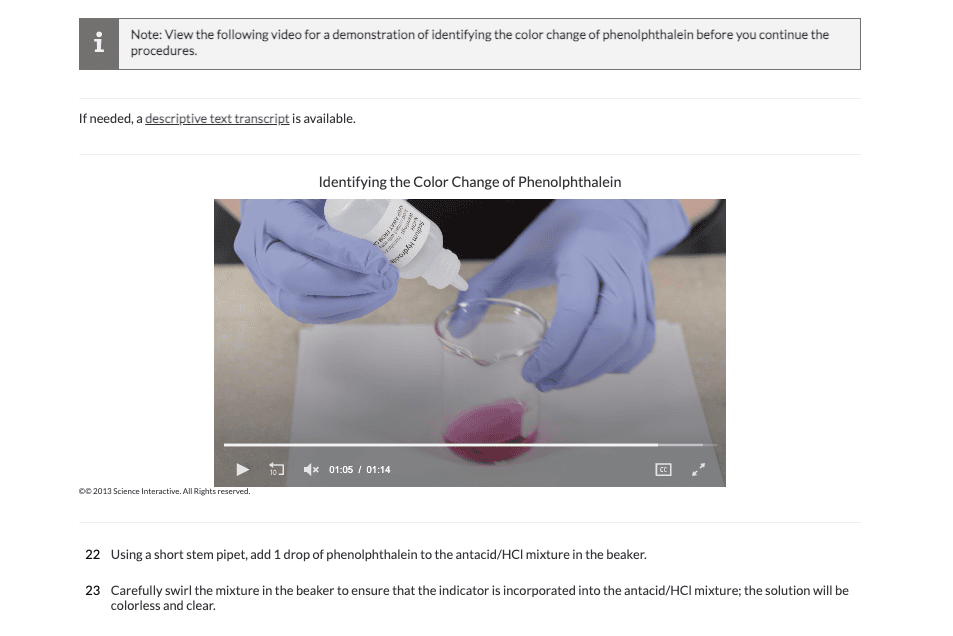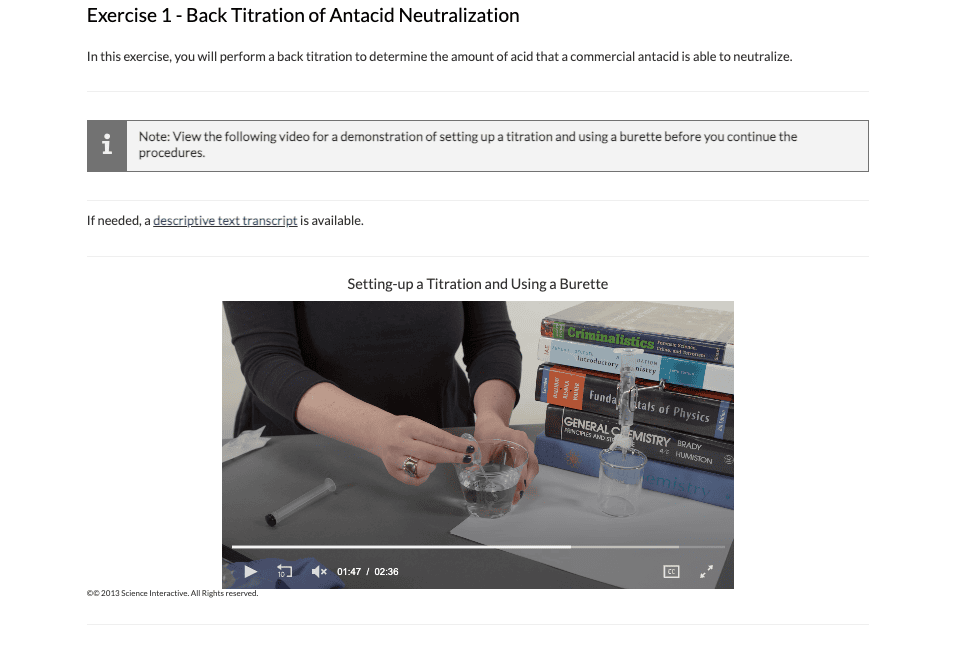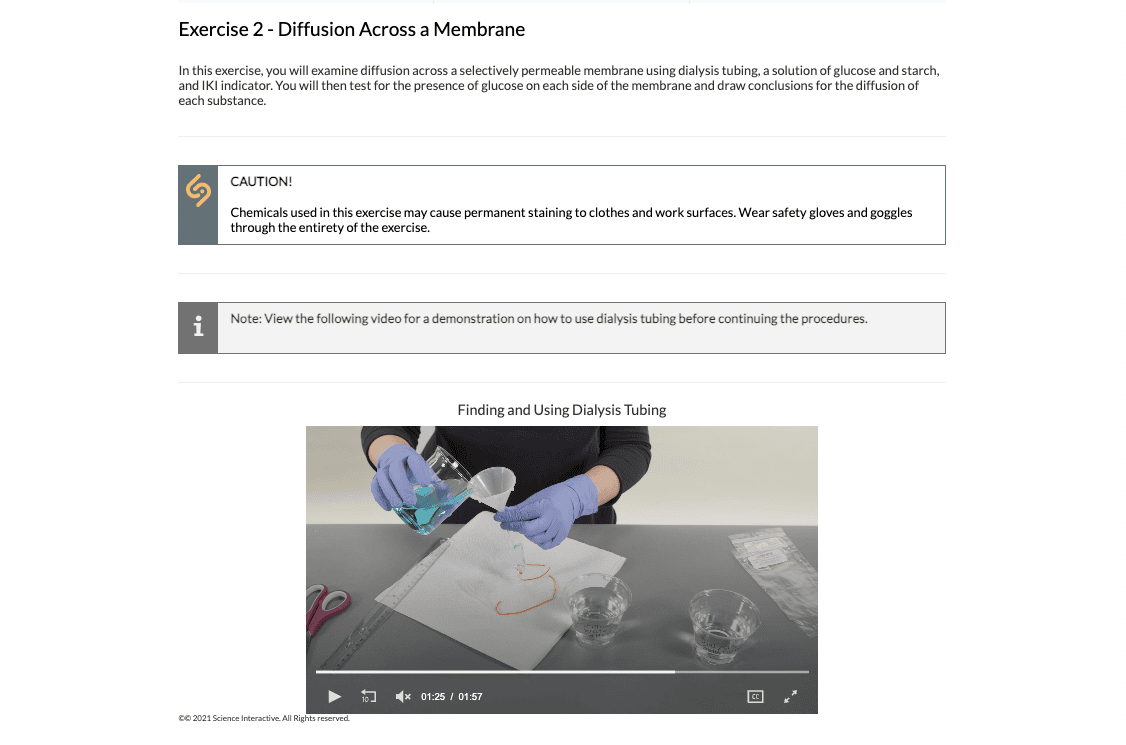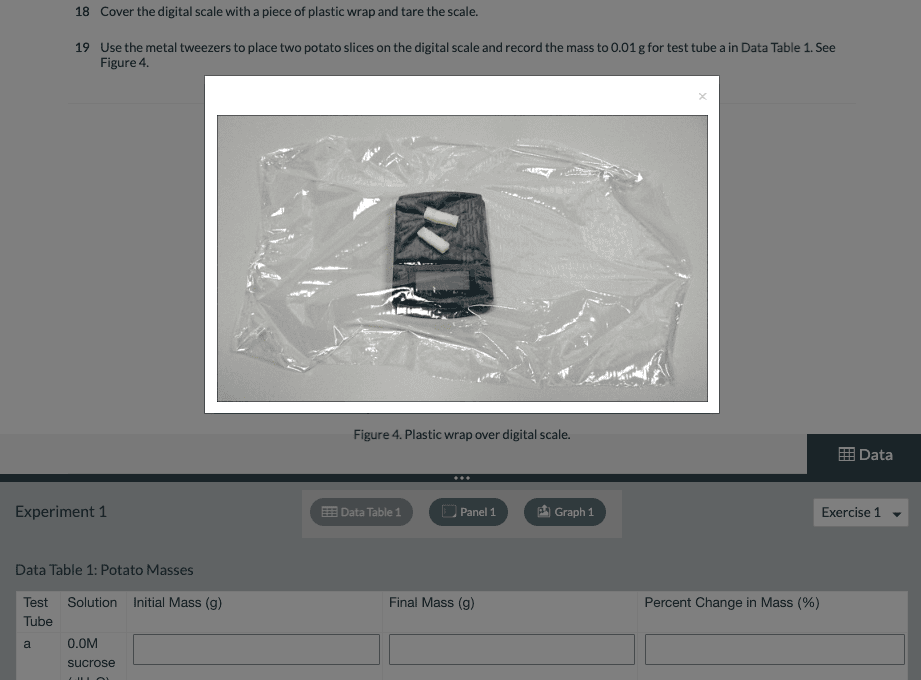For college level science labs
Labs for every science subject
Select from 480+ hands-on labs, virtual labs, and pre-labs across 15 disciplines that align with course goals, learning objectives, and lecture content.

Trusted by over 1,000 institutions





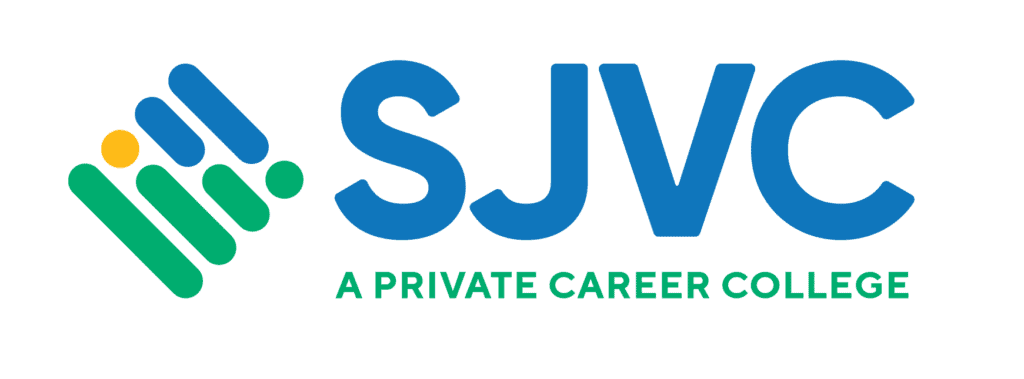
Supporting thousands of students and instructors across 15 science disciplines
Whether you’re teaching on-campus chemistry or A&P online, each discipline includes a wide selection of labs designed to engage students, support instruction delivery, and achieve course goals.

For Students
- Apply concepts: Connect classroom learning with hands-on experiments that deepen understanding.
- Master technical skills: Practice using lab tools, procedures, and safety protocols crucial for careers and advanced study.
- Build soft skills: Deepen ability to think critically and problem solve during challenges.
- Prepare for next steps: Gain confidence for professional programs, career roles, or everyday applications of science.

For Instructors
- Meet curriculum objectives: Customize lab activities to align with course goals.
- Enhance student learning: Help students connect theory to practice, improving engagement and knowledge retention.
- Cater to diverse goals: Support non-majors with foundational knowledge and majors with career or advanced study preparation.
- Evaluate understanding: Use hands-on work to assess comprehension more effectively than exams alone.
Disciplines we cover
Lab Preview
Choose from a mix of 460+ hands-on and virtual labs to create a quality lab experience. Here are examples of what you can expect:
What to expect in every lab
No matter the discipline or modality, all students share the same lab process:
